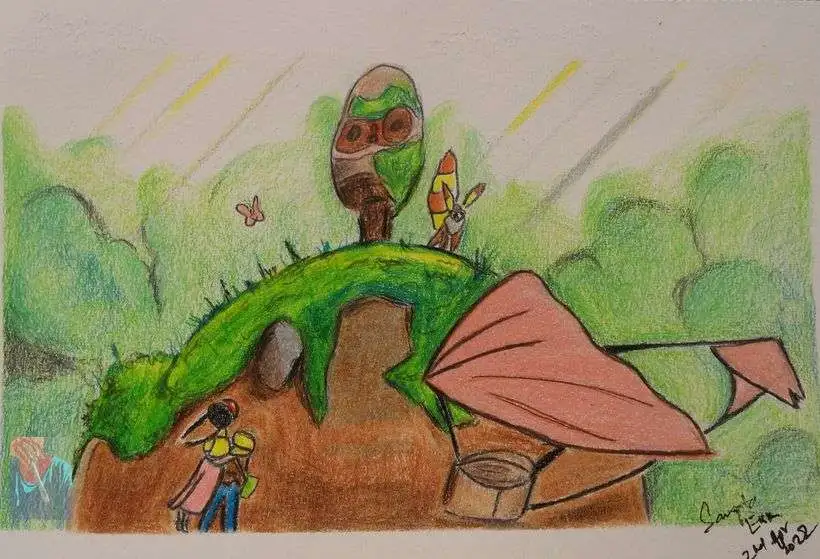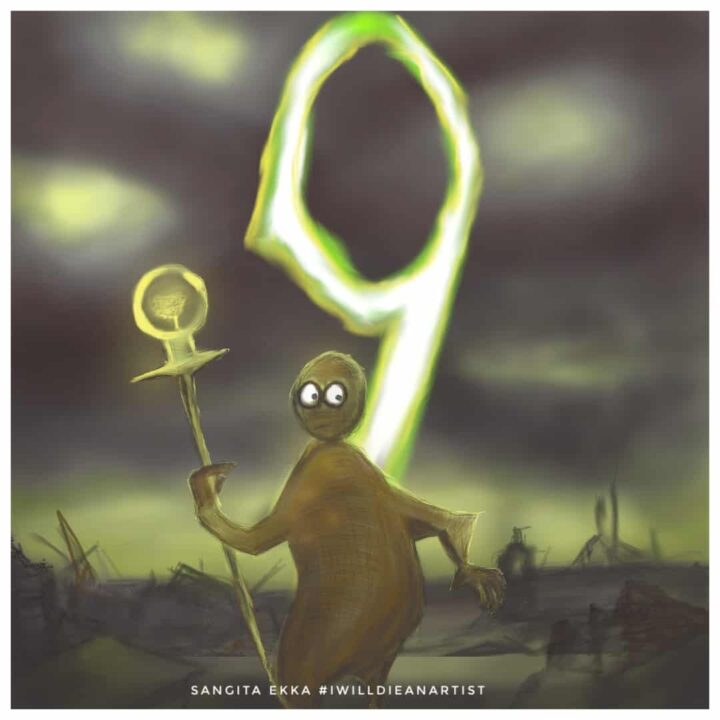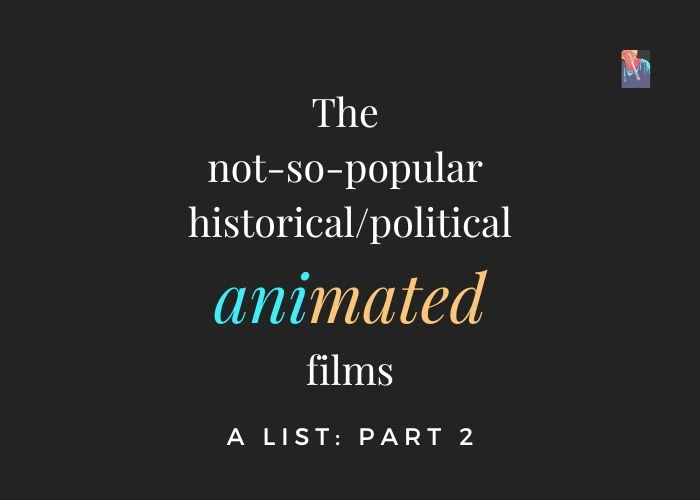Imagine being a pre-teen boy working in coal mines and being charmed and intrigued by a faint blue light slowly descending from the sky with a girl, like a weightless angel. The name – Castle in the Sky, generates intrigue and caters to childish fascinations with flights that many people still carry to adulthood.
Hayao Miyazaki wrote Castle in the Sky and directed this animated fantasy adventure film in 1986. Ghibli movies take inspiration from Japanese cultural references, and it reflects in the portrayal of lifestyles, architecture, food, costume, etc. Spirited Away is a charming example of deep cultural reflection in a contemporary way, while My Neighbour Totoro explores a rural adventure of little girls deeply rooted in traditional values.
AD
Castle in the Sky is a well-loved movie globally, and though it follows anime style and is a Studio Ghibli production, it doesn’t reflect Japan, nor does it borrow from Japanese culture.
This film has a subtle steampunk vibe and sets itself well in the intro with cogs and wheels, windmills, mining activities, and many creative designs of gigantic flying crafts. It moves the viewer through a cross-hatched-style opening while a stunning composition by Joe Hisaishi fills the viewer with a sense of wonder, hope, and an anticipation of adventure.
Studio Ghibli films are rich in imagination. Castle in the Sky explores the idea of robots, rummages mythical texts, and gives wings to stunning aircraft designed with a child-like fascination.
Laputa and the Tower of Babel
The very idea of a castle floating in the sky, hidden amidst giant clouds and possibly hovering over our heads, fills us with imagination. You want to find the castle, uncover its mysteries, and hopefully, share an aerial adventure.
In the opening, this film reveals many aircraft designs, some of which are so gigantic that it makes one wonder if it’s aerodynamically possible to design such machines. One of them exhibits a hovering tower-like structure over a gigantic rotating blade.

The design is later morphed to represent – Laputa, powered by Etherium crystal at its core and a tree at its crown. The power of the Etherium crystal is the life source and the reason why the castle stays afloat. But that’s not all that is bound to the castle.
The true heir to the throne of Laputa possessed the ancient spells of creation and destruction, and in the movie, the spells are in an unknown tongue to humanity.

In this context, see the fabled Tower of Babel illustrated by Pieter Bruegel, the Elder, in 1563. The design of Laputa is quite similar to this illustration, conical in shape and tiered, with a binding theme of a lost or unknown language. Towards the end, the remnants of Laputa float into the space, which can be symbolic of reaching heaven, similar to the original intent of building the Tower of Babel.

AD
Biblical and Hindu mythological references
Castle in the Sky borrows from Biblical and Hindu mythological references but holds these cards very close to the chest. Only towards the end, when Colonel Muska (voiced by Mark Hamill) reveals his real intentions, do we witness the true powers of Etherium crystal and Laputa.
When Muska gains control of Laputa’s mechanism, he launches an attack visibly similar to a nuclear weapon. It is then he speaks about the “fire of heaven that destroyed Sodom and Gomorrah in the old testament” and about the “arrow of Indra (a Hindu deity),” and hints these attacks were by Laputians.
Before this point in the film, viewers may not pay heed to Sheeta and her name as an alternate spelling of Sita – who is a princess in the Hindu mythology of Ramayana. Digging deeper, similar to Sita, Sheeta too gets kidnapped and faces a burning castle.

Moreover, the creators also play with the aircrafts’ names. One of them is rightly named Goliath, a huge military war aircraft that attacks pirates who often use dragonfly-like vehicles for air travel.

Robots of Castle in the Sky
The robots of Castle in the Sky are probably one of the original designs to date. But for a 1986 film, when the world was still learning to grasp the hands of technology, Studio Ghibli managed to give futuristic, mysterious, and humane robots.
The metal of the robots is unknown, and they carry Sheeta’s family crest as a symbol of loyalty; their elongated hands mimic wildlife more in contrast to anthropomorphism in robot design, a theme often present in Studio Ghibli films. As seen later in the movie, Laputians could also deploy these robots as war machines like independent shelling-warcraft. However, unlike the typical “us vs. them” themes in robot movies, Laputa robots protect life.

When Sheeta and Pazu finally land on the fabled castle, they discover a whole new world but not entirely alien. The remnants of the abandoned castle exist in the perfect dichotomy of advanced technology and life forces. There are strange animals, birds, fishes, parts of the castle submerged, pillars that line the garden, and walls made of hardest metals and yet transparent; Laputa was a wonder to behold for the duo.

Final thoughts
The epic adventure of Sheeta and Pazu covered the space between heaven and earth. Before learning the secrets of Etherium crystal and the castle in the sky, they explore the deep of the mines and learn about their mysteries from uncle Pom.
In a brief interaction with him, Sheeta and Pazu learn about the long-forgotten mineral – Etherium and the forgotten art of mining it. Probably, the name is spiritually inspired too. Earth is abundantly rich in Etherium, a life force in rocks, while a bigger crystal powered the fabled castle in the sky.
“As above, so below; as below, so above” – The Kybalion.

Castle in the Sky is futuristic with portrayals of sentient robots, holograms, and highly advanced technologies beyond the grasp of humans. It is imaginative with its passion for flight and a beautiful adventure of finding truths.
External references do not overshadow Castle in the Sky. In a way, Hayao Miyazaki warns that as the world continues to witness advanced technology, humanity should never forget that one crucial thing.
“No matter how many weapons you have. No matter how great your technology might be, the world cannot live without love.”




